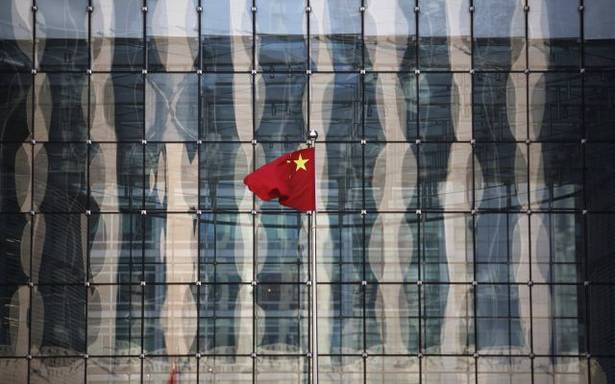Chinese authorities are finally coming to terms with a lower rate of growth as the trade war with the United States takes its toll, an economist at Barclays told CNBC on Tuesday.
As Beijing continues to tamp down debt at home, “the government is finally accepting lower growth,” said Jian Chang, the chief China economist of Barclays.
After all, “we did hear them talking about high quality of growth, and also we see that they’ve maintain a fair amount of determination in continuing with deleveraging goals despite the fact that they are prioritizing stability in near-term,” Chang said at the Barclays Asia Forum.
Predicting a long standoff in the U.S.-China trade war, Chang said the direct impact from the tit-for-tat tariffs and reduction in Chinese export growth could shave 0.5-1 percent off China’s growth.
China’s economy grew 6.9 percent in 2017.
Barclays is forecasting 6.7 percent economic growth for China in 2018 and 6.5 percent in 2019. The Chinese government’s official growth target for 2018 is around 6.5 percent.
Despite escalating trade tensions with the U.S., Chinese data shows the economy has held up so far — mostly due to exporters benefiting from increased orders before the tariffs hit, but the figures are likely to show stress in the months ahead, said Chang.
“We have to consider an indirect impact as a result of these trade tensions between two largest economies in the world bringing down external demand and global growth down the road,” added Chang.
Beijing will likely roll out more policy easing measures to cope with the slowing growth such as the latest reserve requirement ratio cut by the People’s Bank of China over the weekend, she said.
It’s a tough act.
“They have to balance their priorities between diffusing financial risk, maintaining the direction of deleveraging while paying more attention to (their) pace and intensity,” said Chang, adding that Beijing also had to maintain stability in growth, employment and the markets.
Source: CNBC


